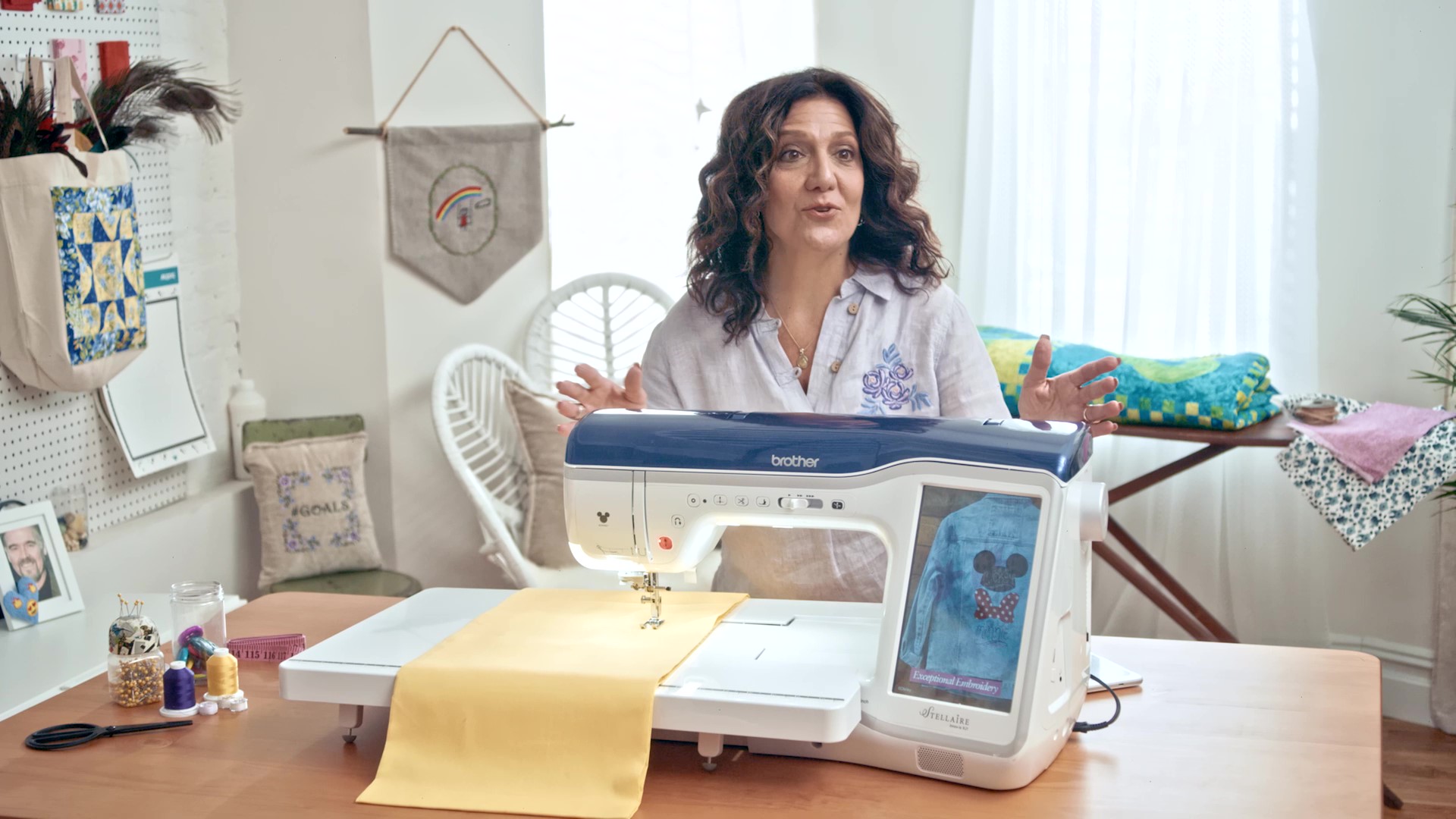Embroidery Digitizing Secrets the Pros Won’t Tell You
Introduction
The difference between amateur and professional embroidery often comes down to embroidery digitizing – that mysterious process where designs transform into stitch files. While anyone can click ‘auto-digitize,’ the pros know embroidery digitizing tricks that make their work stand out. After years in the industry and countless conversations with top digitizers, I’m revealing the embroidery digitizing secrets they typically keep close to their chest.
In this tell-all guide, you’ll learn the unspoken rules, little-known techniques, and insider knowledge of professional embroidery digitizing that separate good digitizing from great digitizing. Whether you’re a hobbyist looking to improve your embroidery digitizing skills or a business owner wanting better results, these revelations will change how you approach embroidery digitizing forever.
Secret #1: The 30% Density Rule
What No One Tells You About Stitch Density
Professional digitizers know that optimal stitch density varies by fabric:
- Woven fabrics (cotton, linen): 30-40% density
- Knits (t-shirts, fleece): 20-30% density
- Stretchy materials (performance wear): 15-25% density
Why it matters:
Too dense = stiff, puckered designs
Too sparse = fabric shows through
Pro tip: Use the “finger test” – if you can’t easily pinch the fabric under stitches, it’s too dense.
Secret #2: The Hidden Power of Underlay
Beyond Basic Stabilization
While beginners focus on top stitches, pros know underlay does more than just stabilize:
- Directional underlay prevents fabric show-through
- Contour underlay enhances dimensional effects
- Specialty underlay can create texture illusions
Advanced technique:
Use zigzag underlay at 45° angles to main stitches for maximum stability without added bulk.
Secret #3: Stitch Sequencing Magic
The Order That Saves Hours
Professional digitizers don’t let the software determine stitch order. They manually sequence to:
- Minimize jumps (saves 15-30% machine time)
- Reduce thread breaks
- Create cleaner backs
- Prevent fabric distortion
Golden rule:
Stitch from center outward, dark colors first, and group elements by color region.
Secret #4: The Pull Compensation Trick
Solving Distortion Before It Happens
Every fabric pulls differently during stitching. Pros adjust by:
- Wovens: 0.1-0.3mm compensation
- Knits: 0.3-0.6mm compensation
- Stretchy fabrics: 0.5-1.0mm compensation
Test method:
Stitch a 1″ square – if it comes out rectangular, increase pull compensation.
Secret #5: Specialty Thread Hacks
Getting More from Your Threads
Professional results come from understanding how different threads behave:
| Thread Type | Best Uses | Special Settings |
|---|---|---|
| Polyester | General purpose | Standard tension |
| Rayon | High sheen | Reduce speed 10% |
| Metallic | Decorative | Increase top tension 20% |
| Cotton | Natural look | Use larger needle |
Secret #6: The 5-Minute Design Fix
Quick Quality Improvements
Before sending any design to stitch, pros always:
- Check for stitch angles >60° (causes gaps)
- Verify small text is at least 5mm tall
- Ensure satin stitches are 2-5mm wide
- Confirm color changes make logical sequence
- Preview stitch path for unnecessary jumps
Secret #7: The “Good Enough” Myth
Why Professionals Always Test Stitch
Even with 20 years experience, top digitizers:
- Always stitch on actual project fabric
- Keep a “test scrap” collection
- Photograph every test for reference
- Never trust screen previews alone
Costly lesson:
One skipped test can ruin $100+ worth of materials.
Secret #8: File Optimization Tricks
Shaving Hours Off Production
Little-known ways to optimize embroidery files:
- Combine color changes where possible
- Use tie-offs instead of trims between elements
- Adjust stitch length in curved areas
- Clean up unnecessary nodes in vector conversions
Secret #9: The Pricing Formula
What Digitizers Really Charge For
Professional pricing considers hidden factors:
- Complexity points (corners, curves, details)
- Stitch count (time and thread cost)
- Fabric difficulty factor (stretch, loft, etc.)
- Revision buffer (built into initial price)
Secret #10: The Maintenance Secret
Keeping Machines Happy
Pros know digitizing affects machine longevity:
- Reduce stitch density by 10% for older machines
- Alternate stitch directions to even wear
- Avoid extreme angles that strain mechanisms
- Limit dense designs under 50,000 stitches
Putting It All Together
Your Professional Workflow
Now that you know the secrets, here’s how to implement them:
- Analyze the design (identify challenge areas)
- Prepare the artwork (simplify where possible)
- Digitize strategically (apply the secrets above)
- Test and refine (always on actual fabric)
- Document settings (build your knowledge base)
Where to Learn More
Advanced Resources the Pros Use
- Wilcom Advanced Techniques webinars
- Embroidery Legacy stitch-alongs
- ISS forums (industry insider discussions)
- Machine-specific user groups
Conclusion
These professional digitizing secrets represent years of trial, error, and hard-won experience. While mastering them takes practice, even implementing a few will dramatically improve your results. Remember that every expert was once a beginner – the difference is their willingness to learn these unspoken techniques.
Now that you’re armed with insider knowledge, which secret will you try first on your next project? Your embroidery is about to reach new levels of quality and professionalism.

